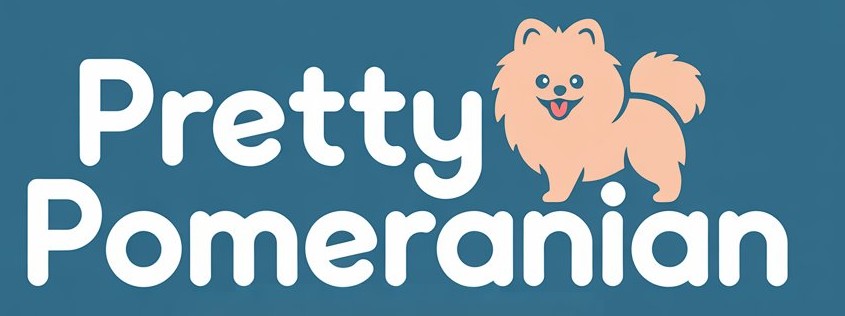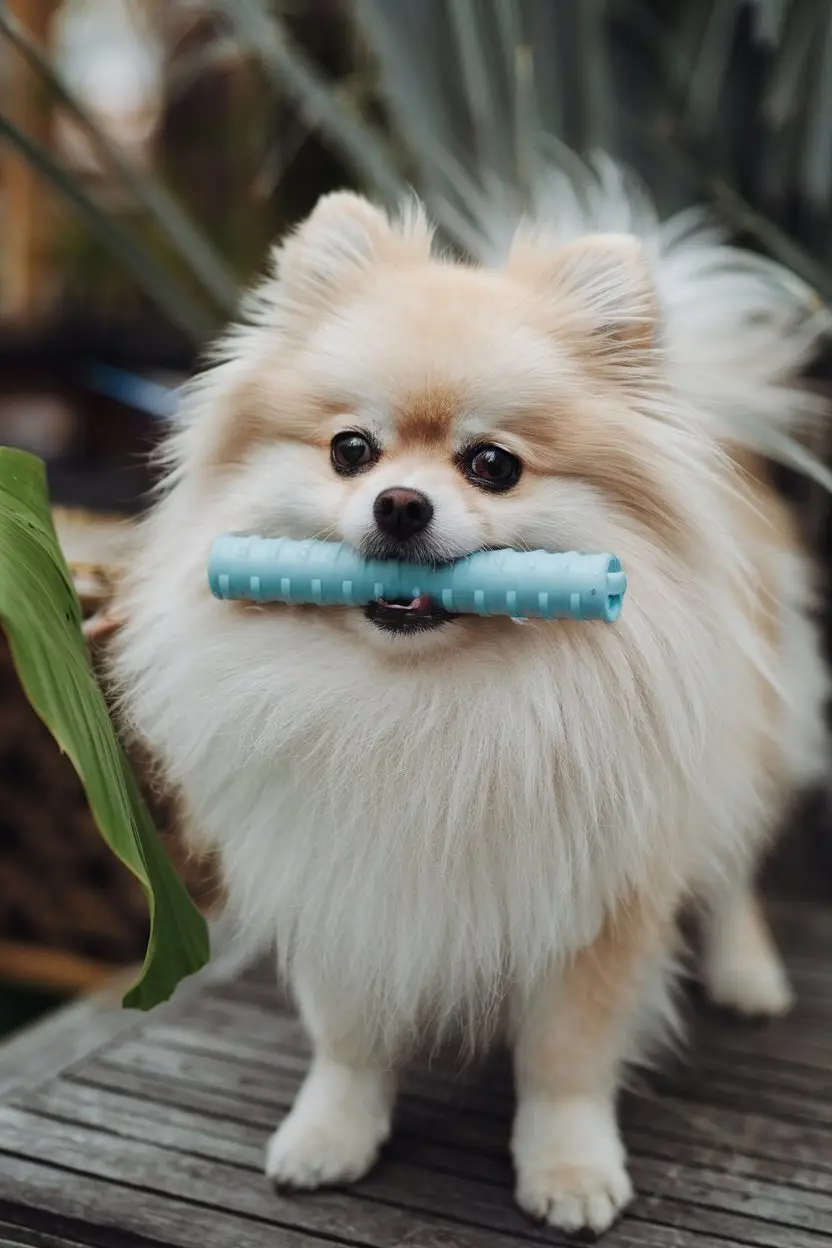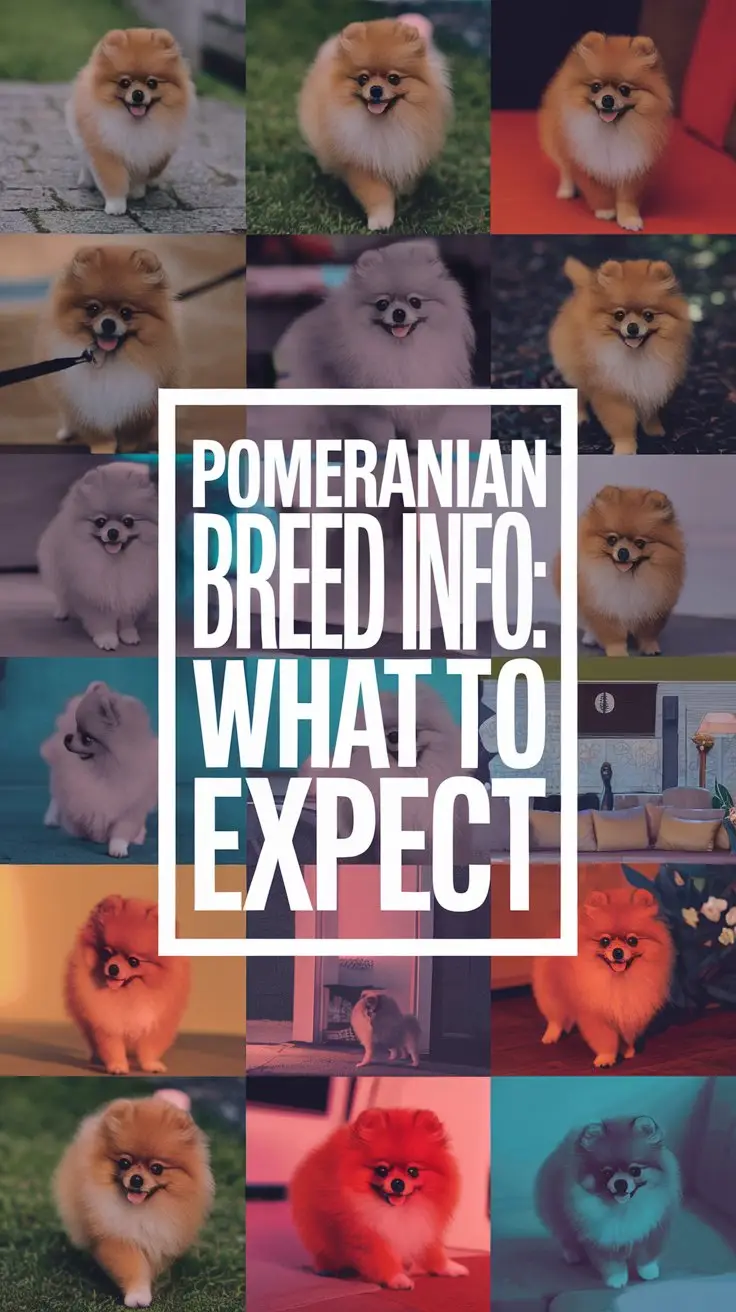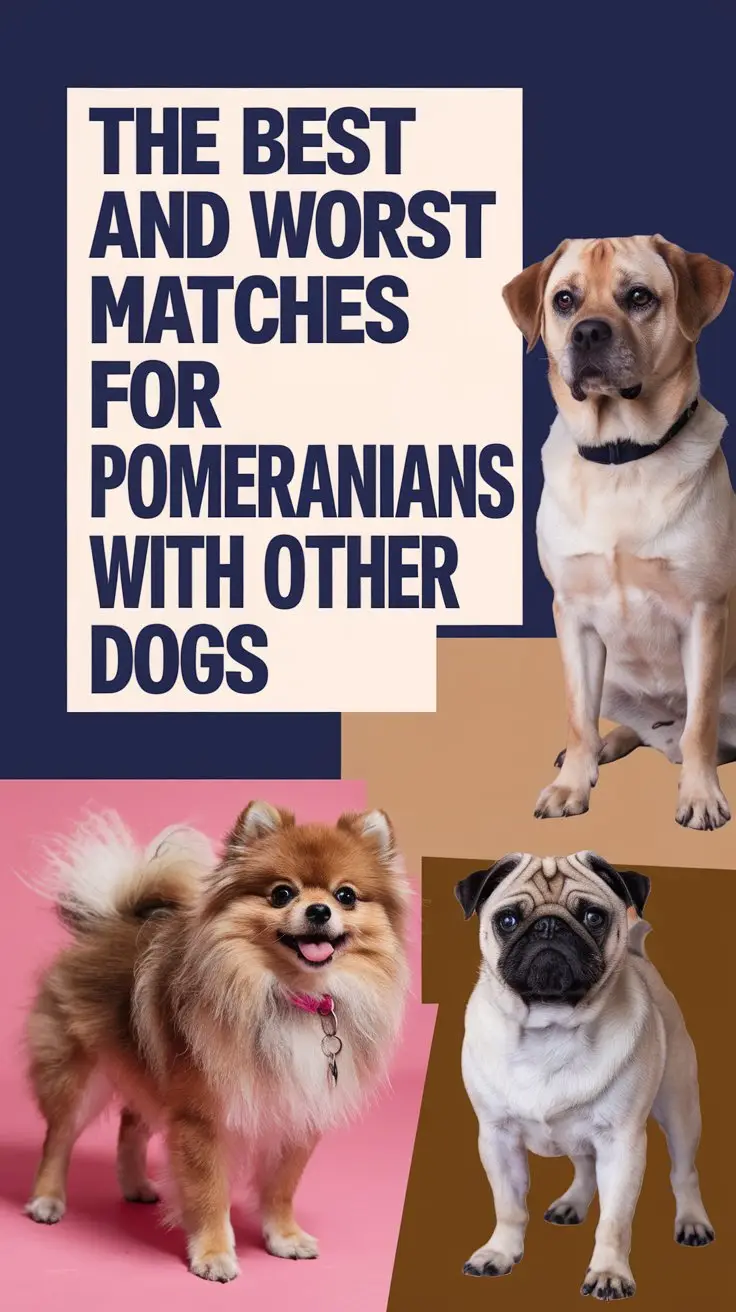Can you believe these adorable little Pomeranians used to be 50-pound working dogs back in the day? They came from Pomerania near the Baltic Sea, where these tough Spitz dogs were all about herding animals and pulling sleds.
But everything changed in the 1800s when royalty got involved. Queen Victoria totally fell in love with them and started breeding them to be smaller and smaller until they became the tiny floofs we know today.
Even though your Pom now weighs just 3-7 pounds and might be chilling on your couch, they’ve still got that same big personality and fluffy coat from their working dog great-great-grandparents. It’s kind of wild how these little guys went from hauling sleds to being pocket-sized cuddle buddies!
Origins in Ancient Pomerania
The Pomeranian’s story takes you back to a pretty old spot near the Baltic Sea. This place called Pomerania (which basically means “land by the sea” in Slavic) is where your tiny pup’s big ancestors used to hang out and work.
If you dig into the area’s past, you’ll find all sorts of old stuff and remains that show how different groups of people – like the Pomeranians, Veleti, and Rani – lived there between the 7th and 3rd centuries BC.
While these folks were building their lives, they were also shaping what would become your fluffy friend. Back then, these dogs weren’t the pocket-sized pooches we know today – they were tough working dogs who herded animals and pulled sleds. These early Pomeranians were part of the Spitz family dogs, sharing distinctive wolflike features with their relatives. Queen Victoria’s influence helped transform these larger working dogs into the compact companions we know today.
And thanks to the chilly Baltic weather, they grew those thick double coats that Poms are famous for now.
Working Dogs of the North
The original Pomeranian would shock most people today – these tough dogs were actually pretty big, weighing up to 30-50 pounds!
These strong Arctic pups weren’t just cute pets – they worked hard pulling sleds and keeping livestock in line. With their super warm double coats, they could handle the freezing northern weather like champs.
It’s wild to think how breeders in Pomerania turned these muscular working dogs into the tiny fluffballs we see today. Back in the 1800s, they started breeding them smaller and smaller until they got down to just 10-12 pounds – perfect for living indoors!
While today’s Poms aren’t exactly built for heavy lifting anymore, they still rock that gorgeous fluffy coat and spunky attitude from their working dog days.
Their dense double coat helps regulate their body temperature, just like it did for their larger ancestors.
The Royal Connection
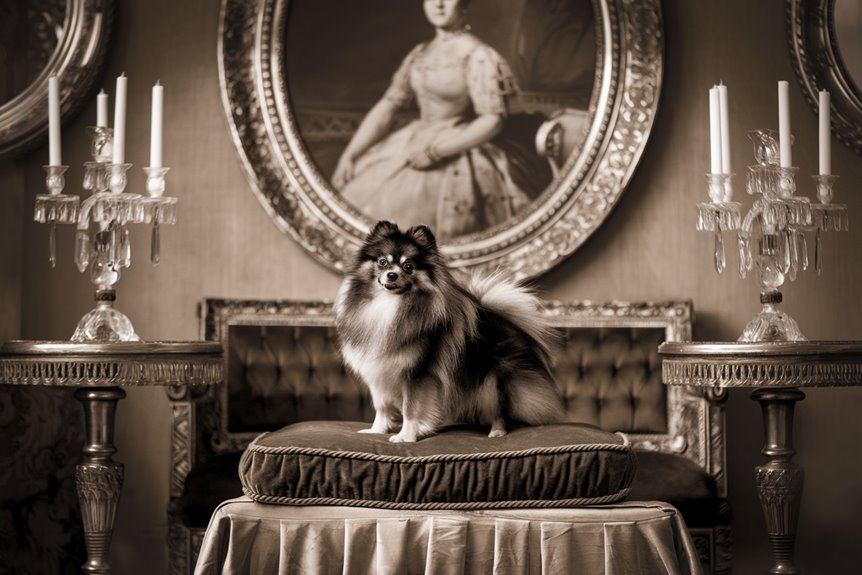
The royal family’s love for Pomeranians kicked off when Queen Charlotte brought these fluffy pups from their home region back in 1761.
The nobles went crazy for them – they even showed up in fancy paintings by big-name artists like Gainsborough and Stubbs. Thanks to Charlotte, these little dogs became a huge hit in palace life.
But it was Queen Victoria who really changed the game. The Poms we see today? That’s all her doing. She was obsessed with them – had more than 30!
She went ahead and bred them to be smaller and more colorful, actually making them half their original size. She was so into breeding and showing them off that she didn’t just make them popular with the royals – she turned them into the adorable pets that regular folks like us can’t get enough of today.
Pretty neat how these tiny fluffballs went from palace pups to everyone’s favorite companions!
These beloved dogs originally started as much larger herding sheep dogs in the Pomerania region before their transformation into the compact breed we know today.
Transformation to Miniature Companions
By the 1700s, people had already bred them to be about half that size, but the real game-changer was Queen Victoria, who totally fell in love with them and helped turn them into the tiny fluffballs we know now.
In the late 1800s, breeders went all-in on making them smaller and smaller, though this quick downsizing caused some problems – the tiny pups had trouble giving birth and weren’t always as healthy as their bigger ancestors.
But here’s a fun thing about Pom breeders: they went crazy with colors! They played around with recessive genes to create all sorts of shades, from bright red to wolf sable.
Thanks to all this breeding for size and color, your typical Pom nowadays weighs just 3-7 pounds and rocks that super-fluffy double coat everyone loves.
Despite their diminutive size, these spirited companions can live up to 16 years with proper veterinary care and attention.
Modern Breed Legacy
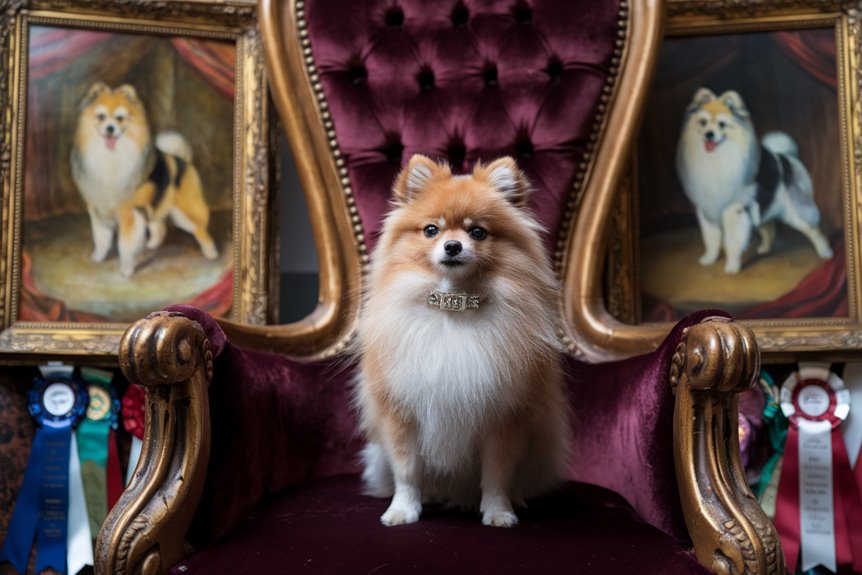
The sweet little Pomeranian you see today comes from years of careful breeding and some royal family influence – they’ve kept their Spitz relatives’ spunky personality but in a tiny, adorable package.
Their thick, fuzzy coat and foxy face show off their sled dog background, but their small size works great for apartment living.
When you get a Pom, you’re bringing home a little piece of history – from tough Arctic working dogs to pampered palace pets, and now they’re making themselves at home everywhere!
While they make wonderful companions, owners should watch for collapsed trachea symptoms like coughing and wheezing that can affect these small dogs.
Frequently Asked Questions
Why Do Pomeranians Have a Fox-Like Facial Expression?
Check out how your Pom’s super cute facial structure, with those pointy triangle ears and sweet almond eyes, totally gives them that foxy look! The way their features come together is what makes them look so much like a tiny fox.
How Long Did It Take to Breed Pomeranians Down to Today’s Size?
You’ll see it took around 100 years of careful breeding during Queen Victoria’s time and afterward to get the adorable little Poms we know today. They went from being pretty big 20-pound dogs to becoming the tiny fluffballs that fit in your lap.
What Other Dog Breeds Share Common Ancestry With Pomeranians?
Hey, Poms are in the same family tree as quite a few Spitz dogs – like American Eskimo Dogs, Japanese Spitz, Keeshond, and Volpino Italiano. They’ve got nothing to do with Cocker Spaniels or Alaskan Klee Kai though.
Why Do Some Pomeranians Have Different Coat Colors Than Others?
Hey, your Pom’s amazing coat color isn’t random – it’s all about what mom and dad passed down in their DNA! Just like how you might get your hair color from your parents, these little fluffballs get their colors when different genes mix and match. That’s why you can find Poms rocking everything from pitch black to pure white fur, and each one ends up with their own awesome look! 🐕
How Did Pomeranians Survive the World Wars in Europe?
These little Poms were total warriors during the wars! They stuck by their humans in bomb shelters, giving comfort when things got rough, and their super-loyal owners refused to ditch them even in the scariest times. Pretty incredible how these tiny fluffballs made it through such tough times!
